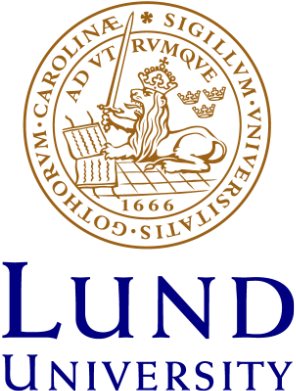The Samson phase, β-Mg2Al3, revisited
The Al-Mg phase diagram has been reinvestigated in the vicinity of the stability range of the Samson phase, β-Mg2Al3 (cF1168). For the composition Mg38.5Al61.5, this cubic phase, space group Fd3̄m (no 227), a = 28.242(1) Å, V = 22526(2) Å3, undergoes at 214°C a first-order phase transition to rhombohedral β′-Mg2Al3, (hR293), a = 19.968(1) Å, c = 48.9114(8) Å, V = 16889(2) Å3, (i.e. 22519 Å3 for th
